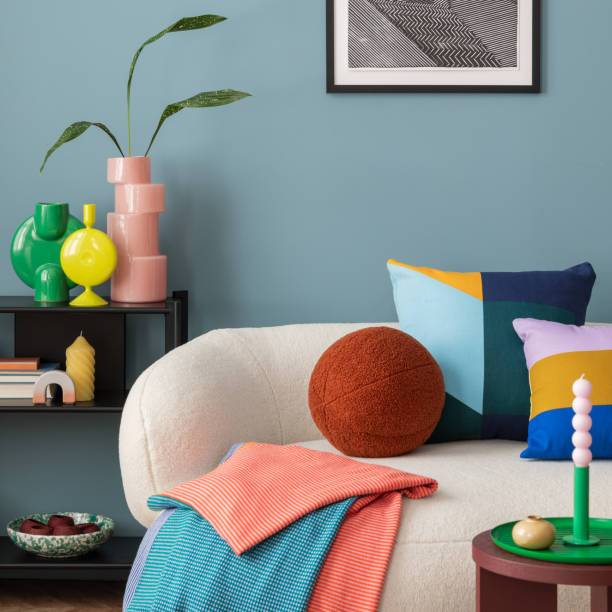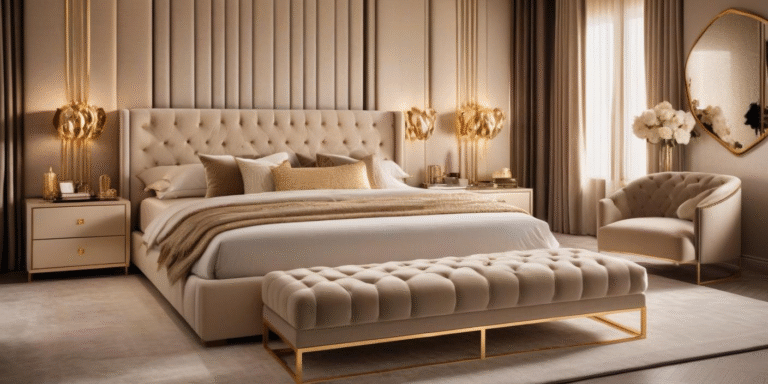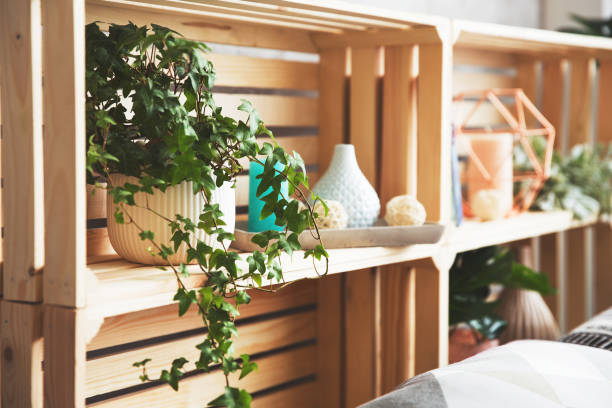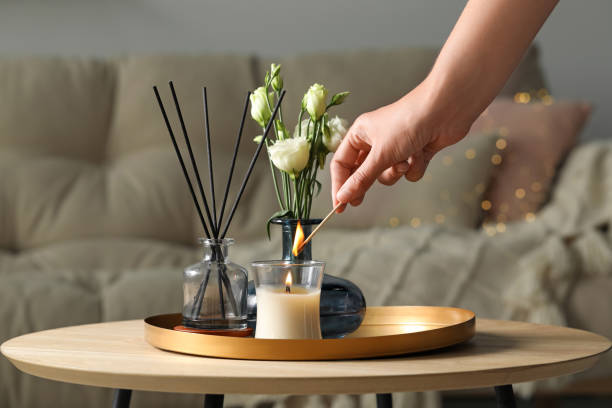Minimalism is about simplicity, focusing on essentials and eliminating excess. It creates a calming environment where space breathes, making your home feel open and inviting. Minimalist decor promotes functionality alongside style.
Minimalism encourages intentional living and thoughtful choices in decor. It is a lifestyle that appreciates quality over quantity and embraces clean lines and neutral tones. This approach reduces stress and visual chaos.
By embracing minimalism, you cultivate a peaceful sanctuary. Your home becomes a reflection of clarity and balance, emphasizing comfort and purpose. It is not just about what you remove, but what you choose to keep.
2. Declutter First: The Foundation of Minimalist Decor
Decluttering is the first step toward a minimalist home. Start by sorting belongings into keep, donate, or discard piles. This process frees up physical and mental space.
Evaluate each item’s usefulness and sentimental value honestly. Holding onto unnecessary things creates visual noise and hampers a clutter-free environment. The less you have, the easier maintenance becomes.
Adopt a regular decluttering habit. This prevents accumulation and keeps your home orderly. Minimalism isn’t a one-time effort but a continuous lifestyle choice that fosters simplicity.
3. Choose a Neutral Color Palette
Neutral tones like white, beige, gray, and soft pastels create a serene backdrop in minimalist spaces. They make rooms appear larger and more open. These colors are versatile and timeless.
Using a consistent neutral palette unifies different rooms and furniture pieces. It allows textures and shapes to shine rather than competing colors. Neutral colors also reduce visual distractions.
A neutral palette serves as a calming foundation that you can accent with small pops of color. It supports minimalist principles by maintaining simplicity while allowing personality through subtle details.
4. Invest in Quality Over Quantity
Minimalism values quality, so choose durable, well-made furniture and decor items. Quality pieces last longer and reduce waste over time, supporting sustainable living.
Select multi-functional furniture like storage ottomans or extendable tables. These provide both style and practicality without overcrowding your space. Quality also means comfort and timelessness.
Investing in fewer, better pieces keeps your home elegant and clutter-free. It encourages mindful purchasing decisions, eliminating impulse buys that add unnecessary clutter.
5. Embrace Open Space and Clean Lines
Minimalist homes emphasize open floor plans and clean architectural lines. These elements create a sense of freedom and lightness within your space. Avoid bulky furniture or complicated designs.
Choose furniture with simple shapes and sleek profiles. Open shelving or floating furniture can help maintain spaciousness. Visual openness invites natural light and promotes calmness.
A clutter-free, open area feels more relaxing and functional. It encourages movement and allows each piece to make a meaningful statement rather than blending into a busy background.
6. Use Functional Storage Solutions
Storage is essential for maintaining a clutter-free home. Opt for hidden storage options like built-in cabinets, under-bed drawers, or sleek baskets. This keeps belongings out of sight.
Maximize vertical space with wall-mounted shelves or hooks. Organize items by frequency of use to avoid overcrowding. Functional storage supports neatness and accessibility.
Proper storage prevents clutter build-up, which is critical for minimalist decor. It helps keep surfaces clear, allowing your space to retain a clean and organized look effortlessly.
7. Limit Decorative Accessories
Minimalist decor focuses on a few meaningful accessories rather than an overload of decorations. Choose pieces that add value or tell a story. This keeps visual noise to a minimum.
Select decor with simple shapes and muted colors to blend with your neutral palette. Avoid flashy or overly ornate items that disrupt harmony. Less is always more in minimalism.
Limiting accessories also makes cleaning easier and prevents your home from feeling overcrowded. A few curated pieces enhance personality while maintaining a peaceful vibe.
8. Incorporate Natural Elements
Bringing nature indoors adds warmth and texture to minimalist spaces. Use plants, wooden furniture, or stone accents to soften clean lines and neutral colors.
Plants improve air quality and create a calming atmosphere. Opt for easy-to-care-for greenery to maintain simplicity without extra effort. Natural elements connect your home with the outdoors.
Incorporating organic materials adds life and character while keeping the decor understated. It helps balance minimalism with a cozy, inviting ambiance.
9. Prioritize Lighting for Ambiance
Good lighting is vital in minimalist decor to enhance space and mood. Maximize natural light with sheer curtains or no window treatments. Light creates an airy, open feeling.
Layer lighting with simple fixtures like recessed lights, floor lamps, or pendant lights with clean designs. Avoid overly decorative or bulky fixtures. Proper lighting highlights key features.
Warm lighting adds comfort, while cool lighting promotes alertness. Adjustable lighting allows you to set the right ambiance for different times and activities.
10. Create Multi-Functional Spaces
Minimalism encourages maximizing the use of space. Design rooms to serve multiple purposes, like a living area that doubles as a workspace or a guest room that also stores belongings.
Use foldable or modular furniture to adapt rooms based on your needs. Multi-functional spaces reduce the number of items and furniture pieces required, contributing to a clutter-free home.
This flexibility enhances practicality while maintaining minimalism. It ensures every square foot is purposeful, reducing the temptation to accumulate unnecessary things.
11. Maintain Clean Surfaces
Clear surfaces are a hallmark of minimalist decor. Keep countertops, tables, and shelves mostly free of clutter to emphasize simplicity and organization.
Use trays or small containers to group essential items neatly when necessary. Keeping surfaces tidy improves visual appeal and reduces stress.
Regular cleaning and tidying habits prevent clutter accumulation. Clean surfaces reflect light and make spaces feel fresher and more inviting.
12. Personalize with Intentional Touches
Minimalism doesn’t mean sterile or impersonal. Add intentional touches like a single artwork, a cozy throw, or a unique vase that speaks to your style.
Choose meaningful items that enhance your mood and comfort without overwhelming your space. Personalization makes your minimalist home feel warm and lived-in.
Intentional decor promotes mindfulness about what you bring into your home. It balances simplicity with individuality, creating a clutter-free yet personal sanctuary.












